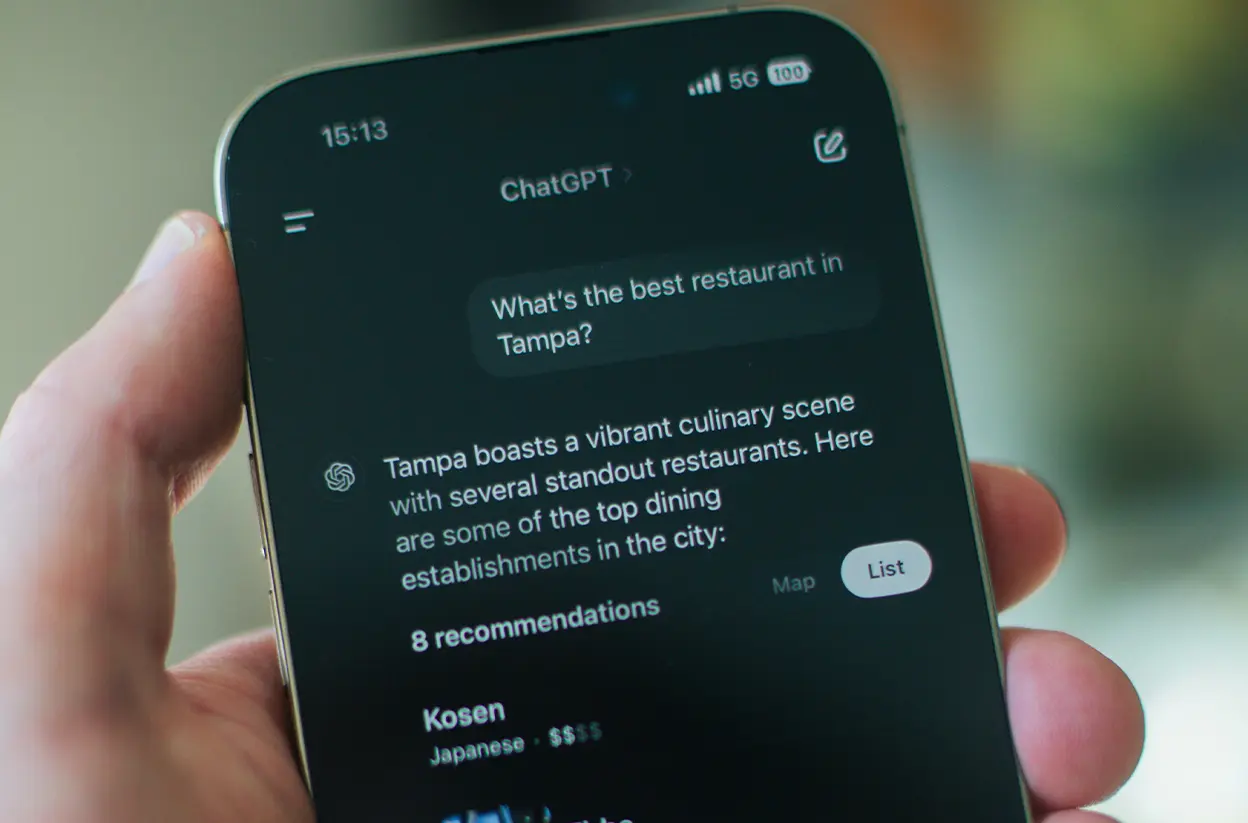Technology has changed how every profession tells its story.
Marketers have Martech. Educators have EdTech. Healthcare has MedTech. And now, communicators have CommTech.
But CommTech isn’t just another industry buzzword. It reflects a genuine evolution in how organizations connect with audiences — blending data, automation, and intelligent systems with human creativity and judgment to make communications faster, smarter, and measurable.
At its core, CommTech transforms communications from a series of disconnected tasks into an integrated, repeatable system. It bridges teams, content, and data so messages move seamlessly from idea to audience.
Communications + Technology = CommTech
The term might sound simple, but its meaning runs deep.
For decades, communication teams relied on tools that worked in isolation. News releases were emailed, assets lived on shared drives, analytics came weeks later, and audience insights were often anecdotal.
CommTech unifies all of that. It connects the systems and workflows that shape every story — from planning and creation to publication and performance.
It’s not about the next shiny app or AI tool. It’s about building the infrastructure that lets technology enhance, not replace, human storytelling.
The Foundations of CommTech
True CommTech environments bring together three pillars: Data, Automation, and Human Expertise.
Data — Reveals what audiences engage with and helps shape strategy in real time.
Automation — Handles repetitive tasks like tagging, distribution, and approvals so teams can focus on creative work.
Human Expertise — Brings context, ethics, and emotional intelligence to every story.
The magic happens in the balance.
CommTech isn’t about replacing people — it’s about giving communicators more time and insight to do what they do best: tell stories that matter.
How CommTech Comes to Life
CommTech comes to life wherever communication, data, and technology intersect.
It’s not one platform or product — it’s a connected approach that builds consistency, visibility, and impact.
In practice, that might look like:
- A global brand publishing multimedia stories across dozens of markets in minutes
- Teams collaborating inside a shared asset library with built-in approvals and version control
- AI surfacing audience insights and highlighting what’s resonating — and what’s not
- Analytics dashboards tying campaigns to measurable outcomes, not just impressions
- Around-the-clock support keeping newsroom operations reliable worldwide
Together, these systems form a living communications network — one that learns, scales, and strengthens over time.
That’s what makes CommTech powerful: it turns communications into a continually improving engine instead of a one-off effort.
“CommTech is a new discipline in our profession, a blend of new tools, systems, roles, KPIs and ways of working that move the function from shaping perception to driving behavior….Building a CommTech team that listens through data, creates and iterates on content regularly based on that data, targets people as individuals and modifies strategy based on user behavior, organizations can tangibly and demonstrably drive behaviors that address real business needs.”
— The Page Society
Why CommTech Matters
Communication has always been about influence, but influence today depends on speed, clarity, and credibility.
As audiences fragment across platforms, organizations need to deliver consistent stories faster than ever. CommTech makes that possible. It ensures that every message, from a press release to a multimedia campaign, flows through the same structure, carries the same brand integrity, and reaches the right audience at the right time.
For enterprise teams, CommTech turns complexity into coordination.
For smaller teams, it levels the playing field.
And for everyone, it creates a shared foundation for doing great work — measured not by how much is published, but by the outcomes it drives.
How CommTech Helps Brands Deliver Their Message
1. Streamline Content Delivery
CommTech platforms remove friction between idea and publication. Teams can move from draft to distribution without juggling multiple systems or vendors.
2. Centralize Assets and Access
Digital Asset Management systems provide a single, secure library for every file type — searchable, tagged, and permission-controlled to maintain brand consistency.
3. Build Newsrooms That Scale
Modern enterprise newsrooms make it simple to publish across markets, share media kits, and coordinate announcements globally, all within a unified interface.
4. Integrate AI Responsibly
AI can accelerate repetitive work like tagging, transcription, or translation, but the true value lies in how it augments human creativity.
CommTech applies AI to speed up the process, not replace the people behind it.
5. Support That Never Sleeps
Technology matters most when it’s backed by people. Every WIECK solution includes 24/7 real-human support, ensuring reliability across time zones, platforms, and launches.
Why WIECK Exists
We began in 1991, when our first client, The New York Times News Service, needed to speed up their photo distribtuion through what was then a very new tool: the internet.
They had a need. We built it.
Since then, we’ve built our team to evolve with every major shift in communications – from early digital publishing to mobile-first platforms, the cloud, and now intelligent automation.
Our mission hasn’t changed: simplify how communication teams manage and deliver content.
What We’ve Built
- Enterprise Newsrooms — hubs for press materials, multimedia, and brand storytelling
- Digital Asset Management Systems — secure, searchable libraries for every file type
- AI-Assisted Workflows — automation to simplify content management
- 24/7 Support Desk — real people solving real problems in real time
- Custom Development — from APIs to full-scale newsroom platforms, tailored to client needs
The Road Ahead
CommTech isn’t a trend — it’s the next phase of professional communications.
As AI, automation, and analytics evolve, the line between technology and storytelling will only blur further.
The future will bring:
- Predictive insights that anticipate audience interests
- Adaptive publishing that adjusts content based on behavior
- Integrated ecosystems connecting marketing, PR, and internal comms under one framework
But the foundation remains the same: human judgment enhanced by intelligent systems.
At WIECK, that’s the balance we’ve built for more than 30 years, and the one that will define the next 30.


